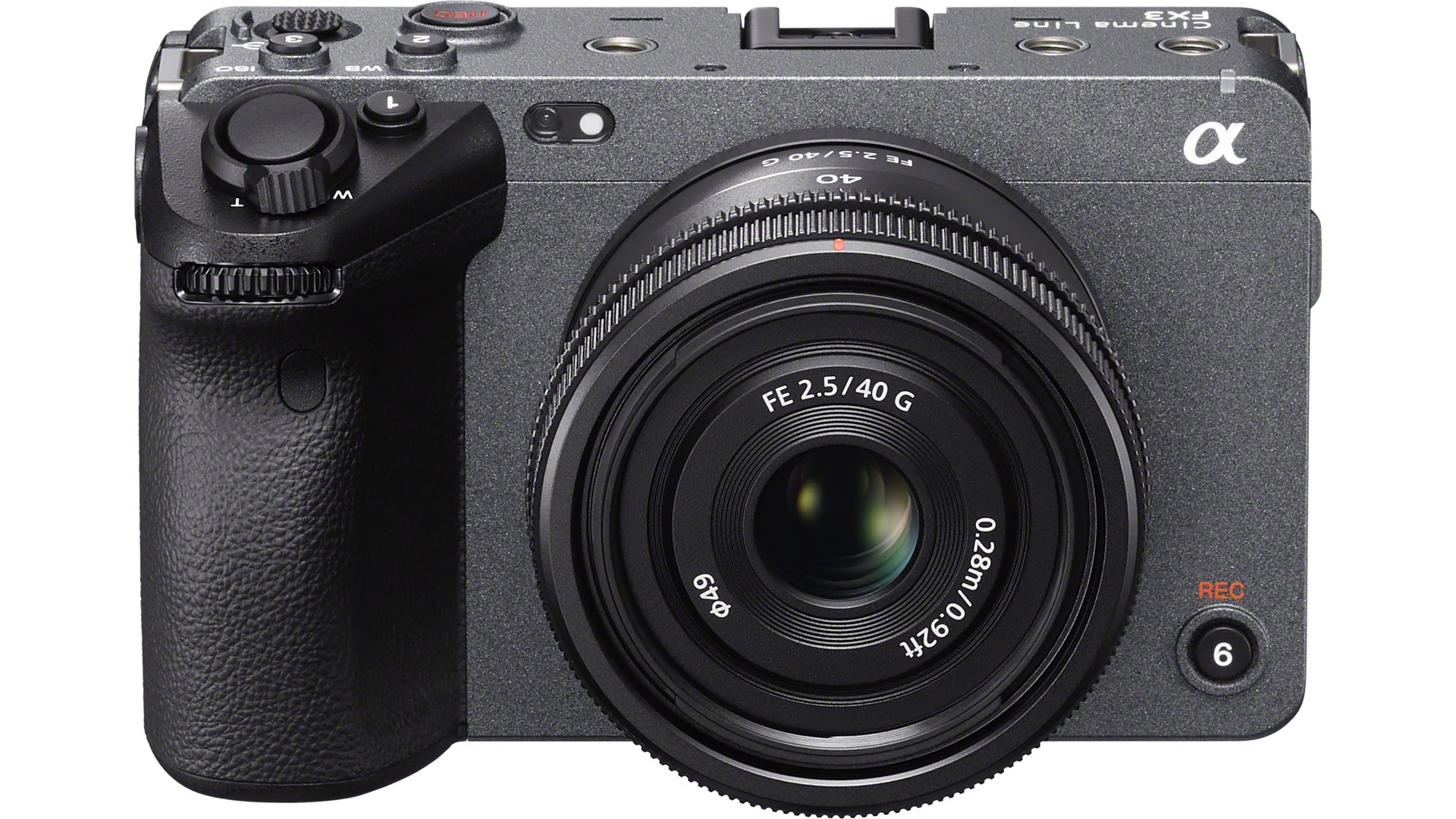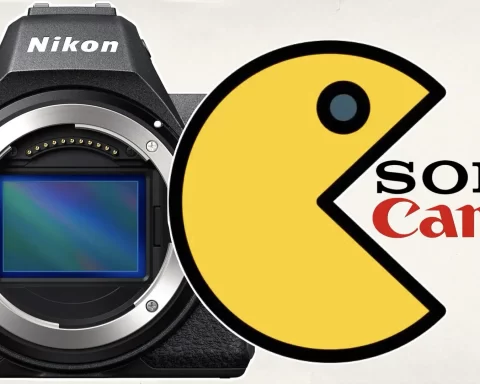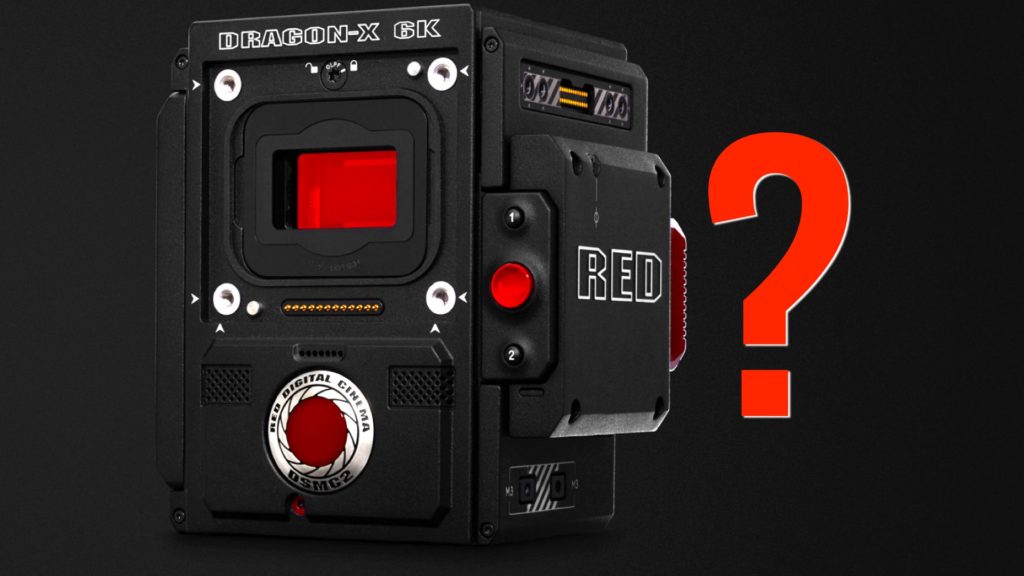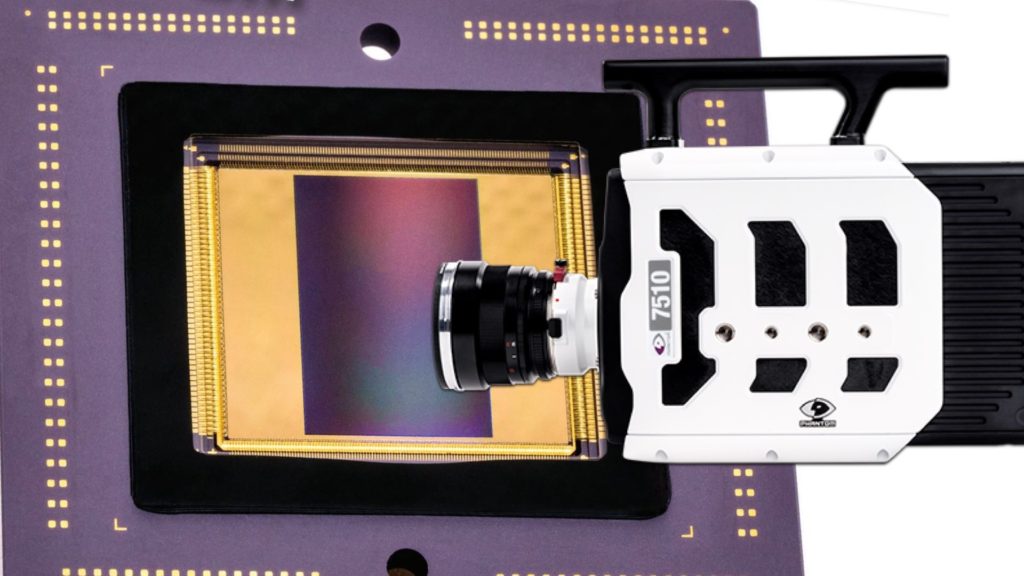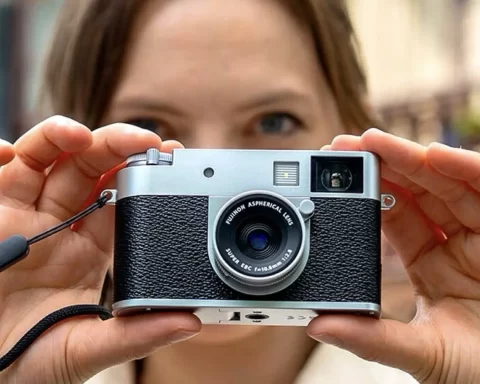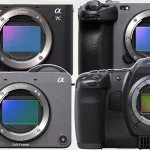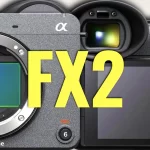Sony has just announced three new lenses in the FE full-frame lens mount: The FE 24mm F2.8 G, FE 40mm F2.5 G, and the FE 50mm F2.5 G—a trio of lenses that were designed to provide high-quality images in a compact form factor. This brings the number of Sony E-Mount lenses to 63.
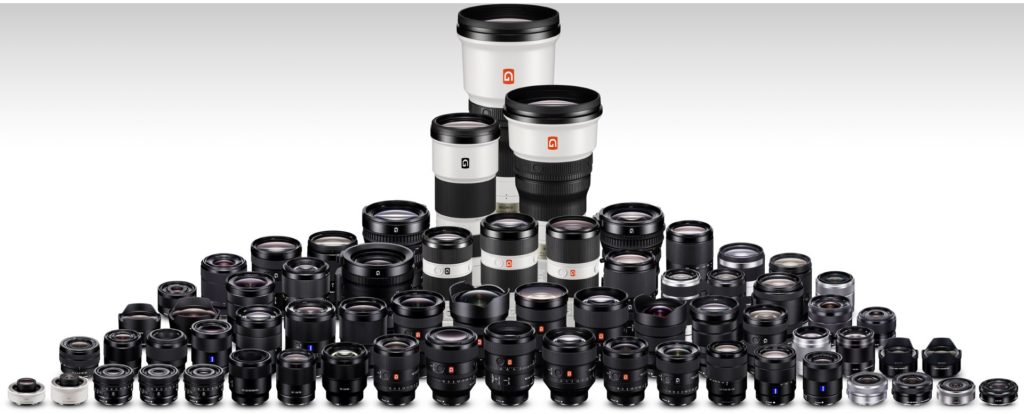
Compact and affordable
All three of the new lenses are the same small size (2.68″ in diameter x 1.77″ long) and with a friendly price of $600. This new glass constitutes an addition to the E-mount line-up. Sony claims that those new lenses deliver the high image quality and beautiful bokeh in a lightweight and compact design, perfect for photographers and videographers needing high image quality combined with easy mobility.
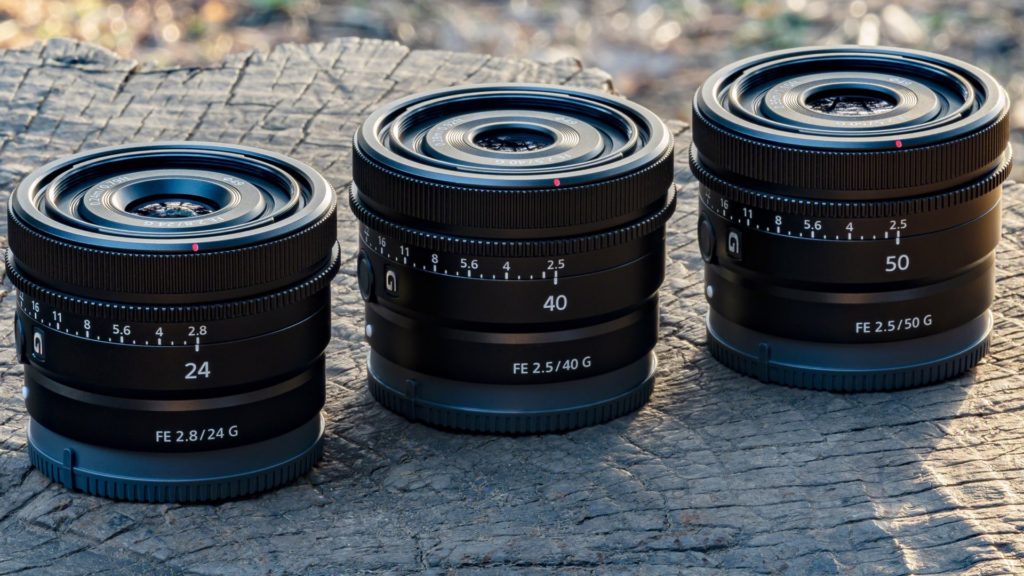
50mm, 40mm, and 24mm (F2.5)
The focal lengths are FE 50mm F2.5 G, FE 40 F2.5 G, and FE 24mm F2.8 G. The lenses share the same filter diameter (49mm) and are almost all the same weight (FE 50mm F2.5 G 6.1 oz, FE 40mm F2.5 G 6.1 oz and FE 24mm F2.8 G 5.7 oz), allowing the user to easily switch between all three lenses when using a gimbal without needing to rebalance each time. Moreover, each lens focuses internally, which means the front element does not move in and out to focus, enabling all three lenses to balance well when using a gimbal. They all feature the same stylish exterior design with focal lengths that are clearly marked to easily switch from lens to lens.
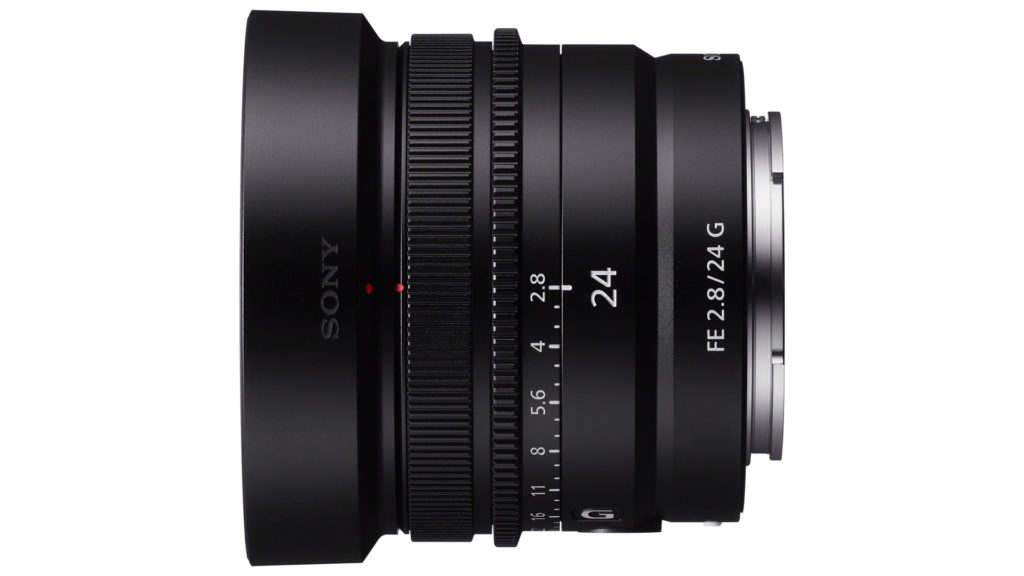
Focus Distances
The FE 50mm F2.5 G has a minimum focus distance of 0.35m (AF) / 0.31m (MF) and a maximum magnification of up to 0.18x (AF) / 0.21x (MF), which is ideal for a variety of shooting environments and subjects. The FE 40mm F2.5 G has a minimum focus distance of 0.28m (AF) / 0.25m (MF) and maximum magnification of up to 0.20x (AF) / 0.23x (MF). Particularly for movie shooting, 40mm is the preferred angle of view as it corresponds to the natural field of vision. With a wide 24mm angle of view, the FE 24mm F2.8 G has a minimum focus distance of 0.24m (AF) / 0.18m (MF) and a maximum magnification of up to 0.13x (AF) / 0.19x (MF), the user can easily shoot close-ups with a blurred background.
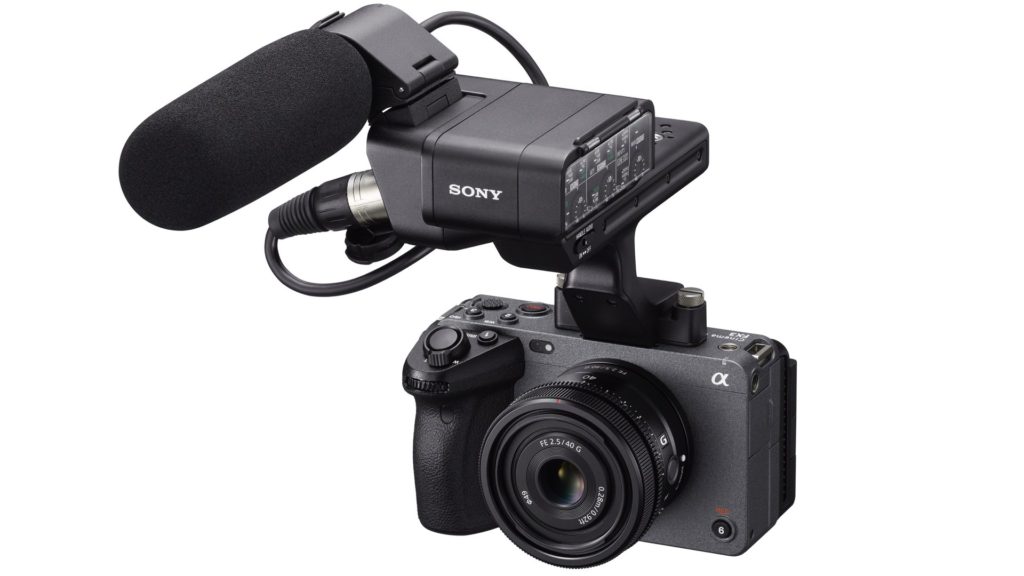
Fast, Precise, and Quiet Autofocus
The FE 50mm F2.5 G, FE 40mm F2.5 G, and FE 24mm F2.8 G feature two linear motors to deliver fast, precise AF with excellent tracking performance which is maintained despite instantaneous changes in subject motion – making the lens ideal for tracking moving subjects. The AF is also quiet, so works for both still and movie shooting.
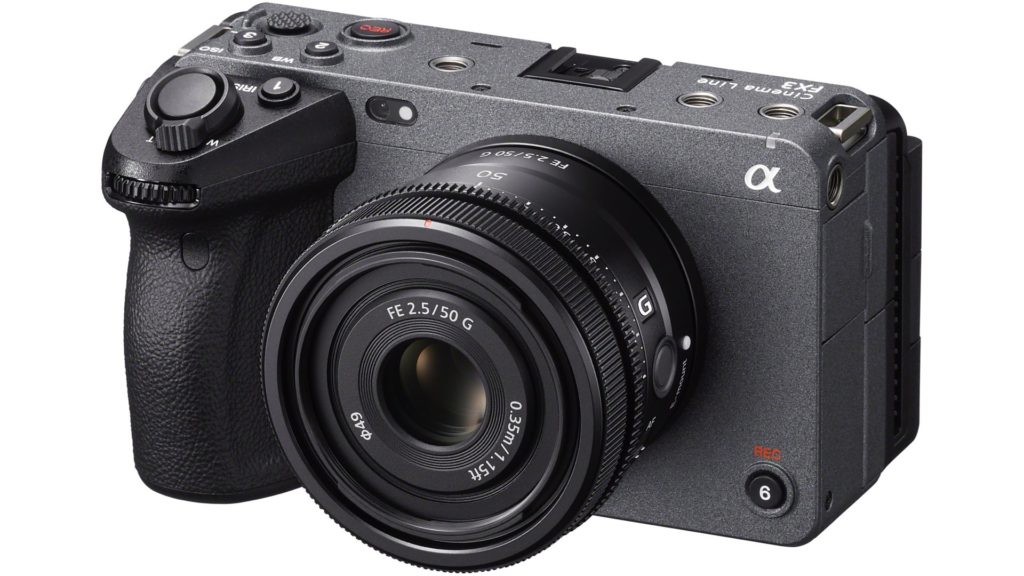
High Operability and Reliability
The lenses feature a focus hold button, focus mode switch, aperture ring, and aperture click switch for ideal operability. The focus hold button is customizable from the camera menu and can be assigned based on users’ preferences. The aperture ring provides an intuitive and direct feel, compared to operating the aperture from the camera body. The aperture also provides switchable click stops that can be turned off for movie shooting using the aperture click switch. Furthermore, with Linear Response MF, the focus ring responds precisely and linearly when focusing manually, so control feels immediate and intuitive, directly reflecting the intent of the photographer and allowing delicate focus adjustments.
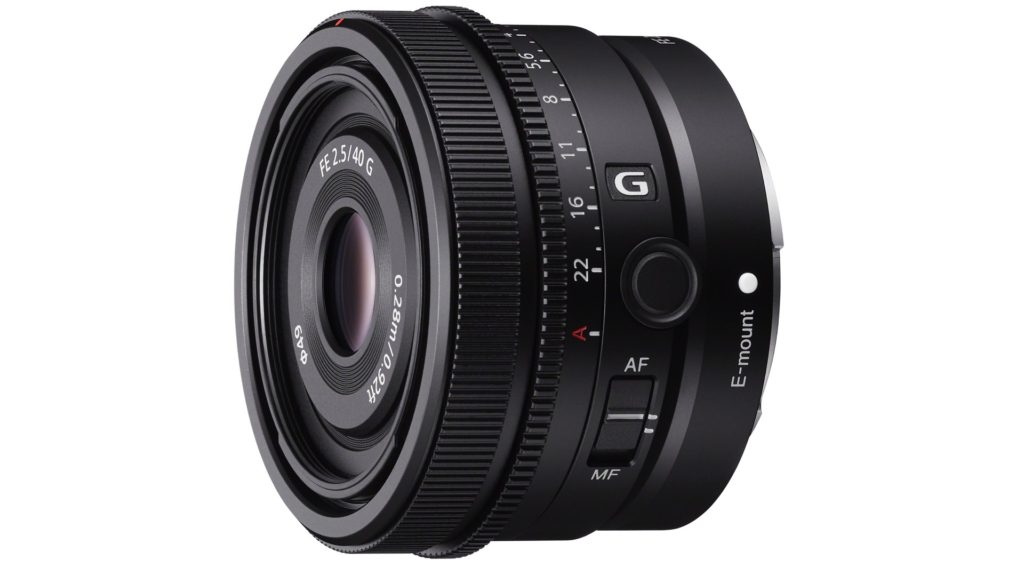
Structure
The aluminum exterior ensures a premium finish and provides increased strength and durability. Conveniently, the diameter of the filter threads on the hood and the lens barrel are equal (49mm), allowing the same cap and filter to be attached to both the hood and the lens barrel. The lenses are also designed to be dust and moisture-resistant to ensure usability in any outdoor environment.
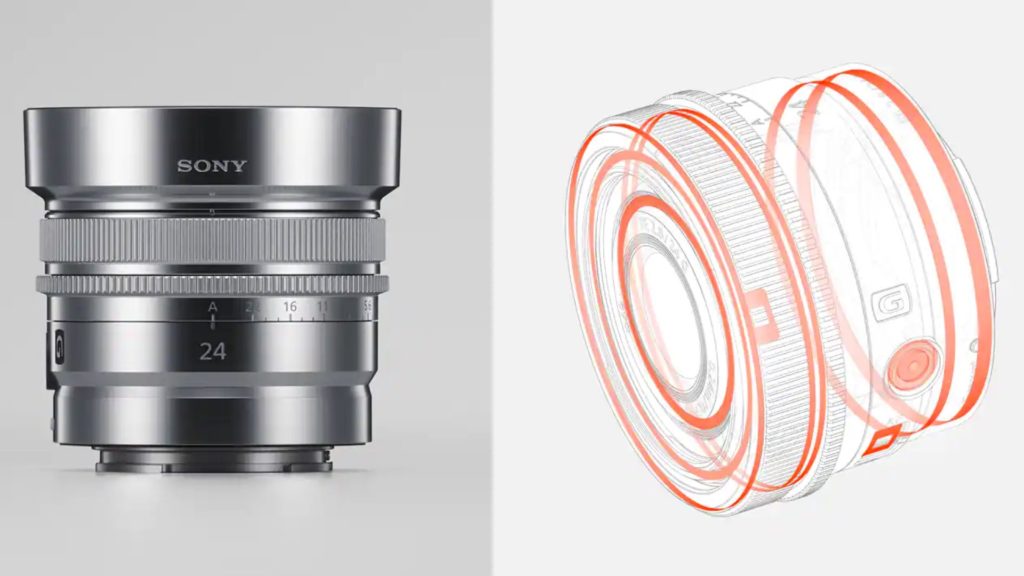
Pricing and Availability
The lenses will be available in May and will be sold for approximately $600.00 USD. You can request to get notified regarding availability on the B&H website.
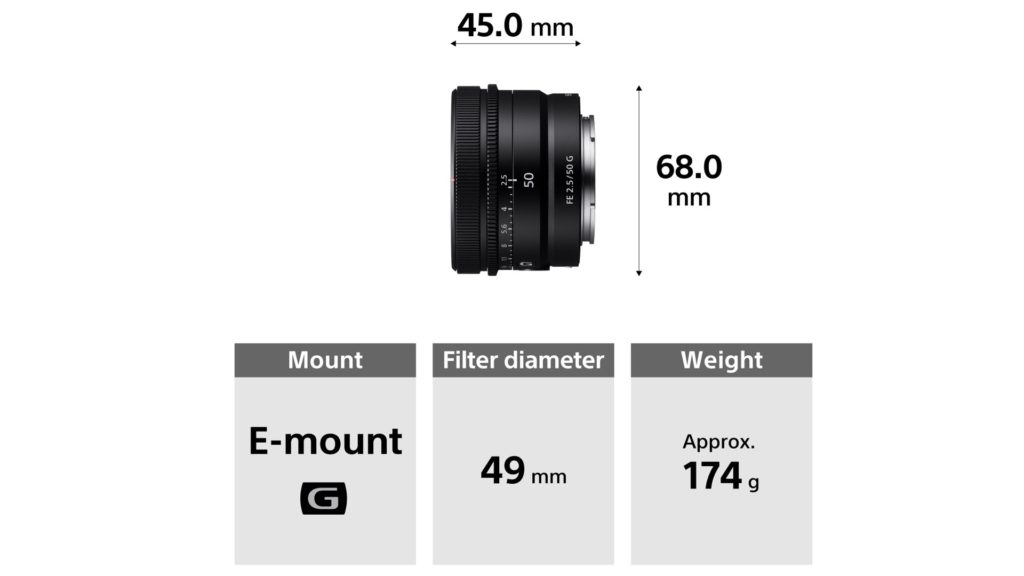
Initial thoughts
After the announcement of the FE 50mm F1.2 G Master, those compact lenses seem like a refreshing breeze of a solid and high-quality affordable glass that is matched best with the Sony Alpha lineup. As for their performances, check out the video below which demonstrates the image quality derived from them (no info regard the camera used… but most probably an Alpha).
What do you think about the footage? Do you see yourself using those lenses in your production? Enlighten us!

